
Lebanese cuisine is known for its rich flavors and diverse ingredients. As I explore the 8 best Lebanese recipes, you will find dishes that are not only delicious but also reflect the cultural heritage of Lebanon.
From savory appetizers to hearty main courses, these recipes highlight the unique tastes of the region. I aim to share my favorite selections that everyone can enjoy, whether you are familiar with Lebanese food or trying it for the first time.
1. Tabbouleh
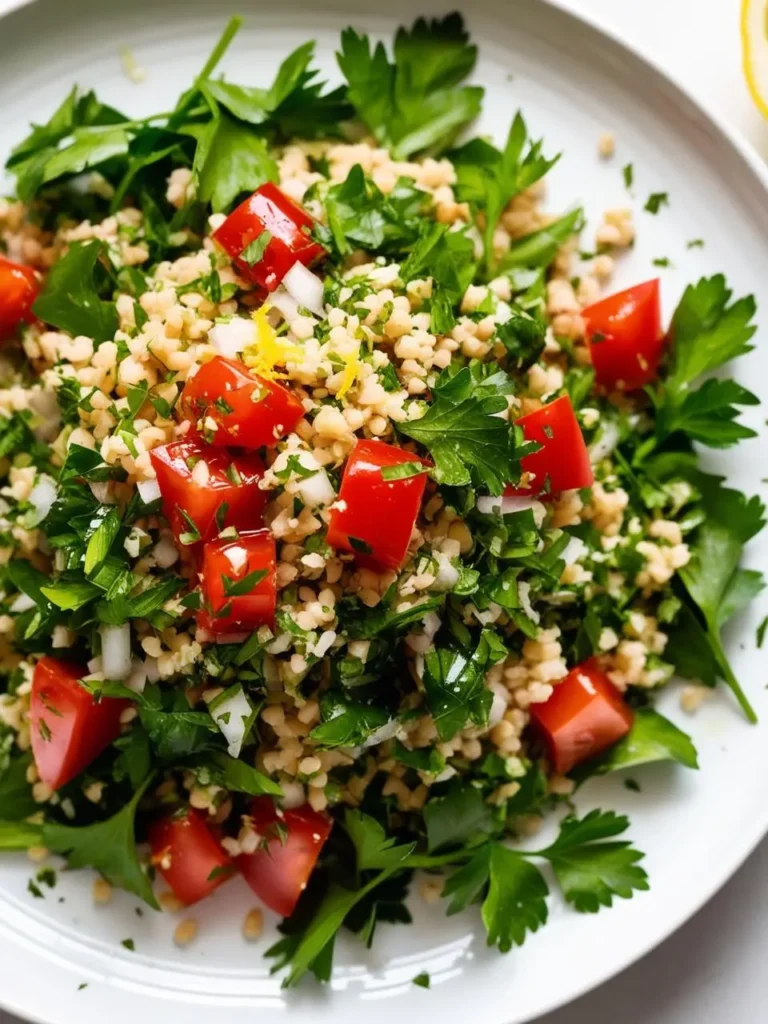
Tabbouleh is a traditional Lebanese salad made primarily from parsley, bulgur wheat, tomatoes, and onion. It is fresh, healthy, and full of flavor. I find it easy to prepare, making it a great choice for any meal.
To make tabbouleh, I usually follow these steps:
- Ingredients: Gather 1 cup of fine bulgur wheat, 2 cups of water, 2 cups of chopped fresh parsley, 1 cup of diced tomatoes, 1/2 cup of finely chopped onion, 1/4 cup of olive oil, the juice of 1 lemon, and salt to taste.
- Prepare Bulgur: Rinse the bulgur wheat under cold water. Then, soak it in the water for about 30 minutes until it softens. Drain any excess water.
- Chop Vegetables: While the bulgur is soaking, I chop the parsley, tomatoes, and onions finely.
- Mix Ingredients: In a large bowl, combine the bulgur, chopped parsley, tomatoes, and onions.
- Dress Salad: Drizzle with olive oil and lemon juice. Season with salt to taste.
- Serve: Toss everything together and let it sit for 10 minutes before serving to allow the flavors to blend.
2. Hummus
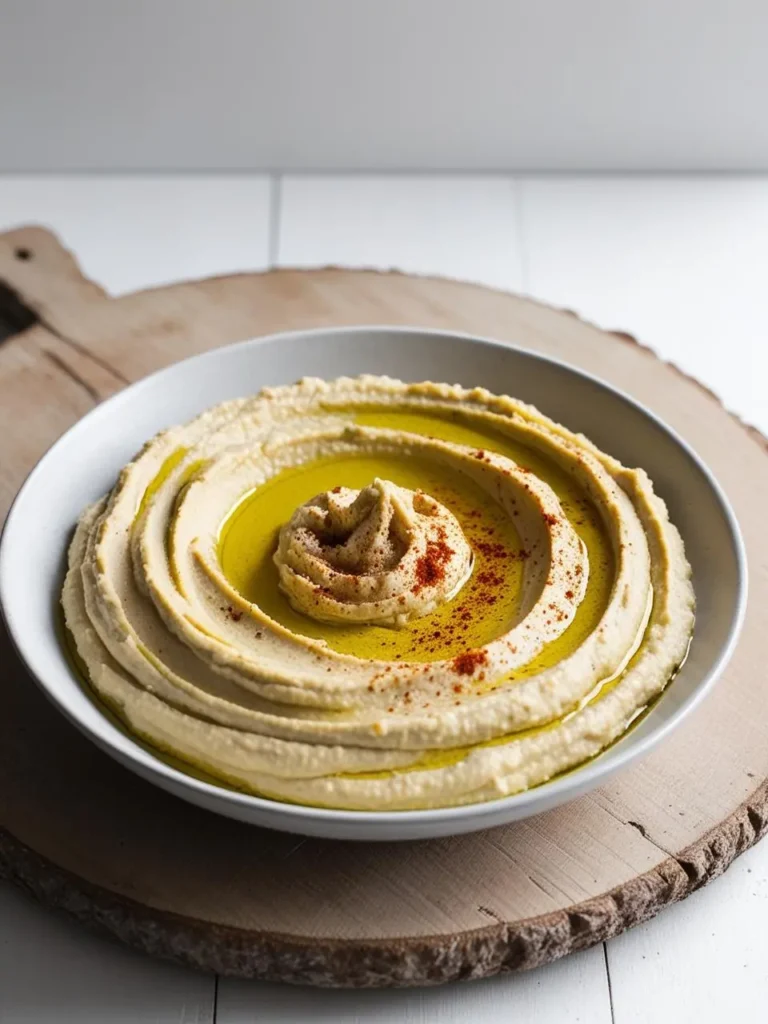
Hummus is a popular Lebanese dish made from blended chickpeas, tahini, lemon juice, and garlic. It has a creamy texture and a rich flavor. This dish is not only delicious but also packed with protein.
Making hummus is quite easy. I can prepare it in just a few simple steps. Here’s how I do it:
- I start by soaking 1 cup of dried chickpeas overnight.
- The next day, I drain them and boil the chickpeas until they are soft, about 1 to 2 hours.
- I blend the cooked chickpeas with 1/4 cup of tahini, the juice of 1 lemon, 2 cloves of garlic, and 2 tablespoons of olive oil until smooth.
- I season the mixture with salt and add water if it’s too thick.
- Finally, I serve it with a drizzle of olive oil and a sprinkle of paprika.
Hummus is a versatile dip and can be enjoyed with pita bread, veggies, or as part of a larger meal.
3. Kibbeh
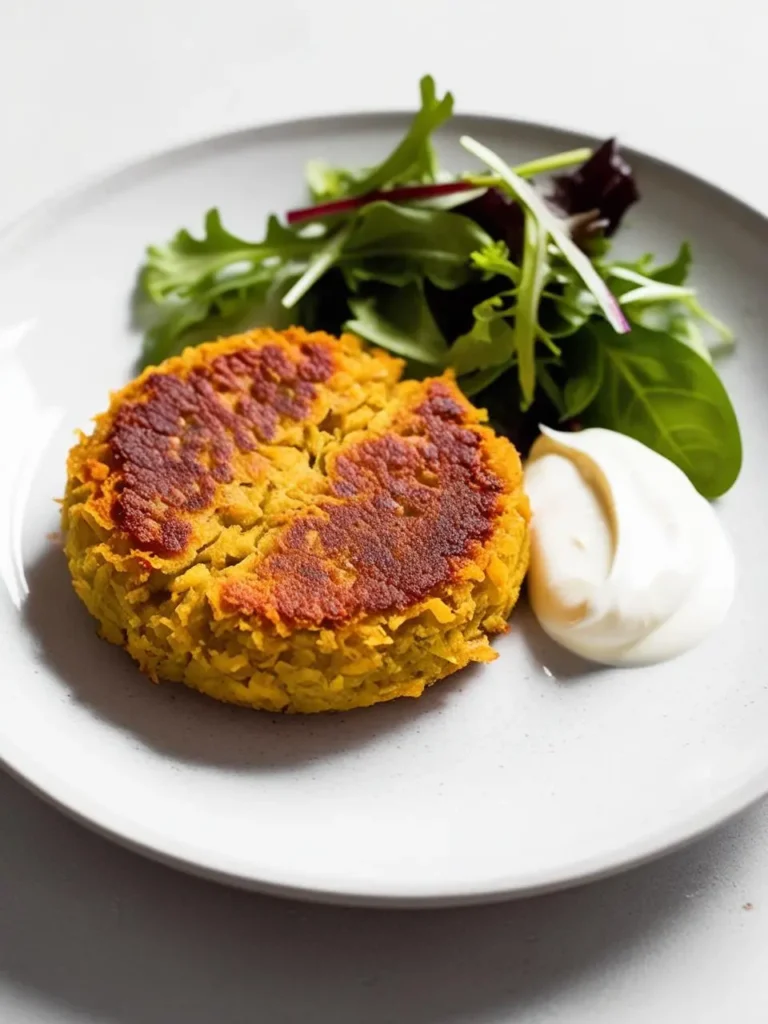
Kibbeh is a traditional Lebanese dish made from ground meat, bulgur, and spices. It can be served raw, baked, or fried. I find it to be a versatile and delicious option.
Making kibbeh is not too difficult. With some practice, I can prepare a great dish that impresses my family and friends. The basic ingredients include lamb or beef, bulgur wheat, and onions.
Here are the steps I follow to make baked kibbeh:
- Prepare the ingredients: I soak bulgur wheat in water for about 30 minutes.
- Make the filling: I sauté onions and ground meat with spices like cinnamon and allspice.
- Form the kibbeh: I mix the bulgur with the ground meat and shape it into a flat layer.
- Add filling: I spread the meat filling on top and cover it with another layer of the kibbeh mixture.
- Bake: I bake it in a preheated oven at 350°F (175°C) for about 30-40 minutes.
Kibbeh is often served with yogurt or a salad on the side. I enjoy it at special occasions or simply for a satisfying meal.
4. Fattoush
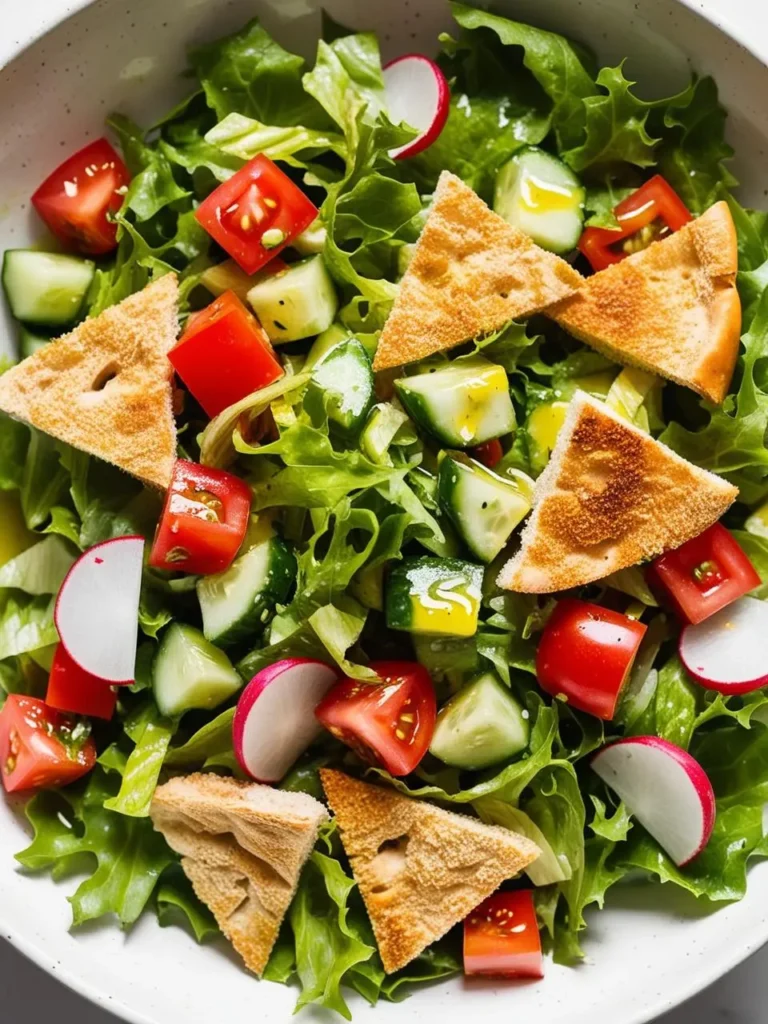
Fattoush is a refreshing Lebanese salad that combines crispy vegetables and toasted bread. It features a mix of greens, often including lettuce, radishes, and tomatoes, tossed with a tangy dressing.
I find it easy to make Fattoush at home. The ingredients are simple, and you can adjust them based on your taste.
To prepare Fattoush, I follow these steps:
- Chop Vegetables: Dice 1 cup of tomatoes, 1 cup of cucumbers, and 1 cup of radishes.
- Add Greens: Use 2 cups of lettuce, torn into bite-sized pieces.
- Prepare Bread: Toast 2 pieces of pita bread until crispy, then break them into pieces.
- Make Dressing: Mix 3 tablespoons of olive oil, 2 tablespoons of lemon juice, and salt to taste.
- Combine: In a large bowl, combine all the vegetables and bread, then drizzle the dressing on top.
This dish is not only colorful but also full of flavors. It’s a perfect addition to any meal or serves as a light dish on its own.
5. Mujadara
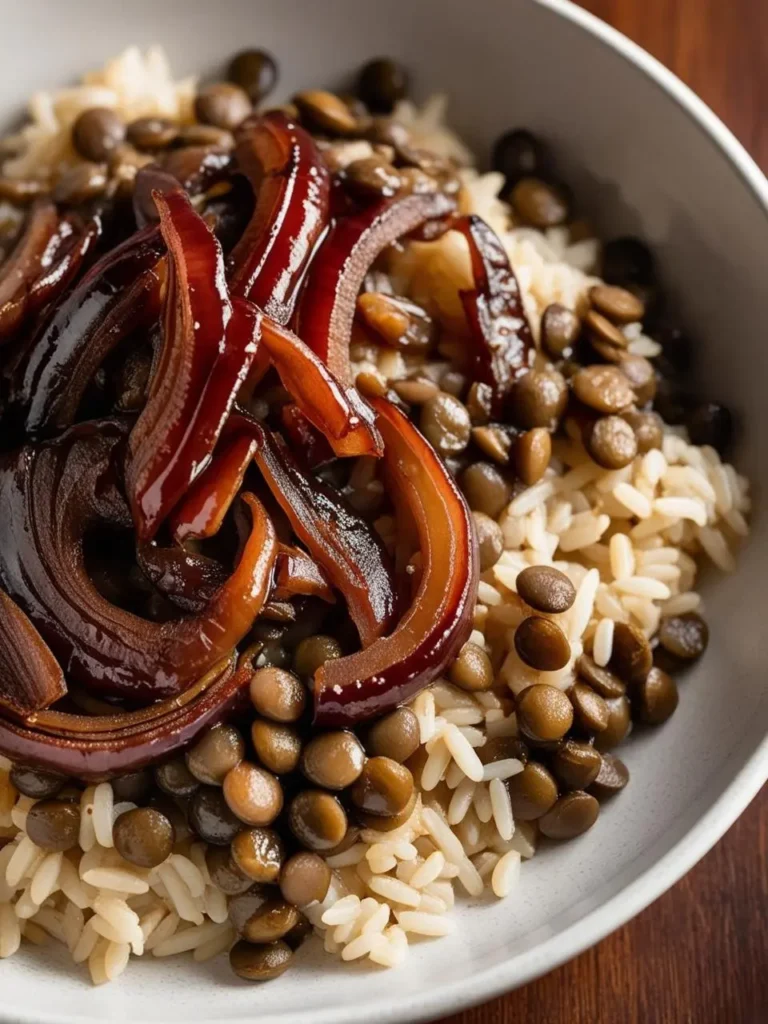
Mujadara is a traditional Lebanese dish made with lentils, rice, and caramelized onions. It is both flavorful and nutritious, making it a popular choice in many households.
I find Mujadara easy to make. It requires simple ingredients and minimal cooking skills. This dish is perfect for a comforting meal at home.
To prepare Mujadara, follow these steps:
- Rinse 1 cup of lentils under cold water and add them to a pot with 4 cups of water. Bring to a boil and cook for about 15 minutes until tender.
- In a separate pot, cook 1 cup of rice according to package instructions.
- While the rice cooks, slice 2 large onions and sauté them in olive oil over medium heat. Cook until they are deep brown, around 15-20 minutes.
- Once the lentils are tender, drain any excess water and mix in the cooked rice.
- Top the lentil and rice mixture with the sautéed onions. Season with salt, pepper, and a sprinkle of cumin for extra flavor.
Mujadara can be served warm or at room temperature. It pairs well with yogurt or a side salad.
6. Baba Ghanoush
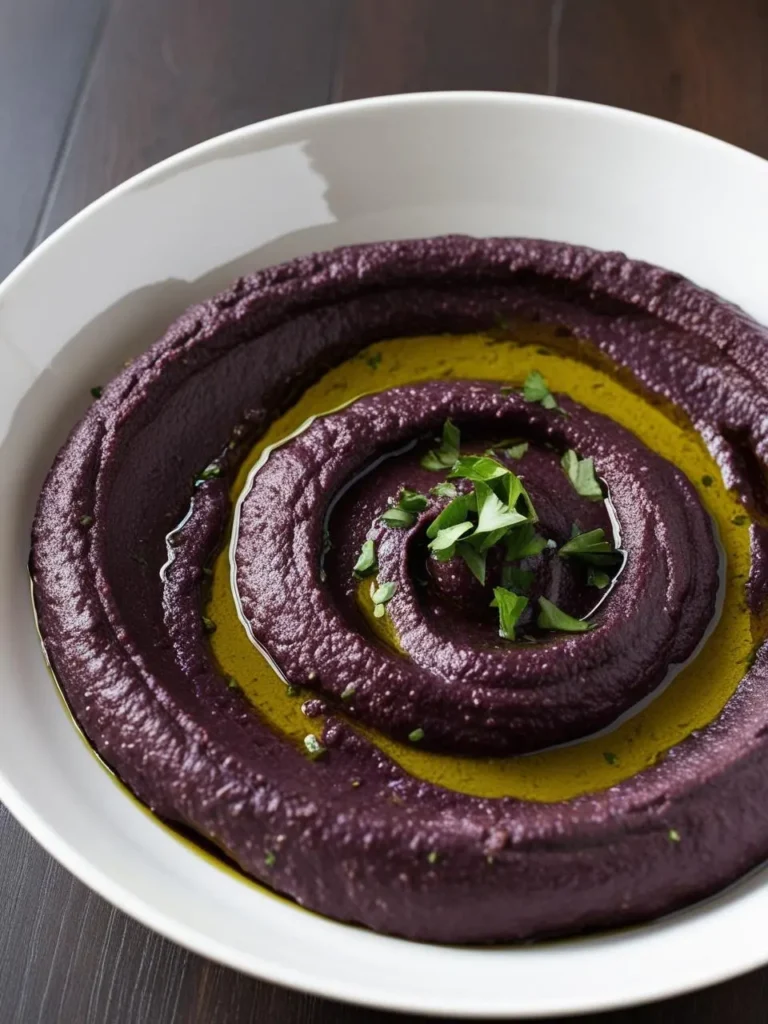
Baba Ghanoush is a popular Lebanese dip made from roasted eggplant. Its creamy texture and smoky flavor make it a favorite among many. I find it easy to prepare, perfect for gatherings or a tasty snack.
To make Baba Ghanoush, I start by roasting one large eggplant until the skin is charred. This usually takes about 30-40 minutes at 400°F (200°C). Once it’s done, I let it cool before peeling the skin off.
Next, I mash the eggplant in a bowl. I add 2-3 tablespoons of tahini, the juice of one lemon, and 1-2 cloves of minced garlic. Mixing these ingredients together gives the dip a rich flavor.
For seasoning, I add salt to taste and a dash of olive oil. I stir everything until it’s combined well. If I want extra flavor, I sometimes sprinkle paprika or chopped parsley on top.
Baba Ghanoush is delicious served with pita bread or fresh vegetables. It’s a simple yet delightful dish that I enjoy sharing with friends and family.
7. Falafel
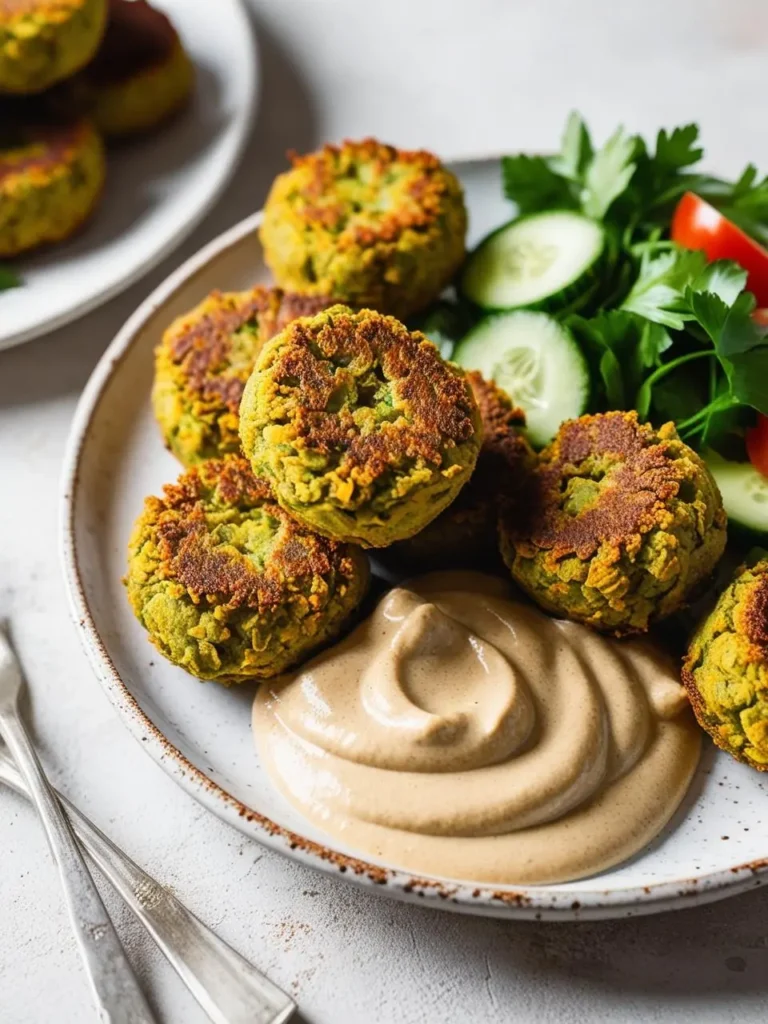
Falafel are deep-fried balls made from ground chickpeas or fava beans, and they are a popular Middle Eastern dish. I find them both tasty and versatile. They can be served in pita bread or as part of a mezze platter with dips.
Making falafel is surprisingly easy. First, I soak dried chickpeas overnight. This helps them blend smoothly. The next day, I drain the chickpeas and mix them with onions, garlic, herbs, and spices.
Then, I shape the mixture into small balls or patties. I heat oil in a deep pan and fry the falafel until they are golden brown, which takes about 3-4 minutes on each side.
I typically serve them with tahini sauce or fresh vegetables. They can also be enjoyed in salads or alone as a snack. The crispy exterior and soft interior make them a perfect choice for any meal.
8. Lebanese Grilled Chicken
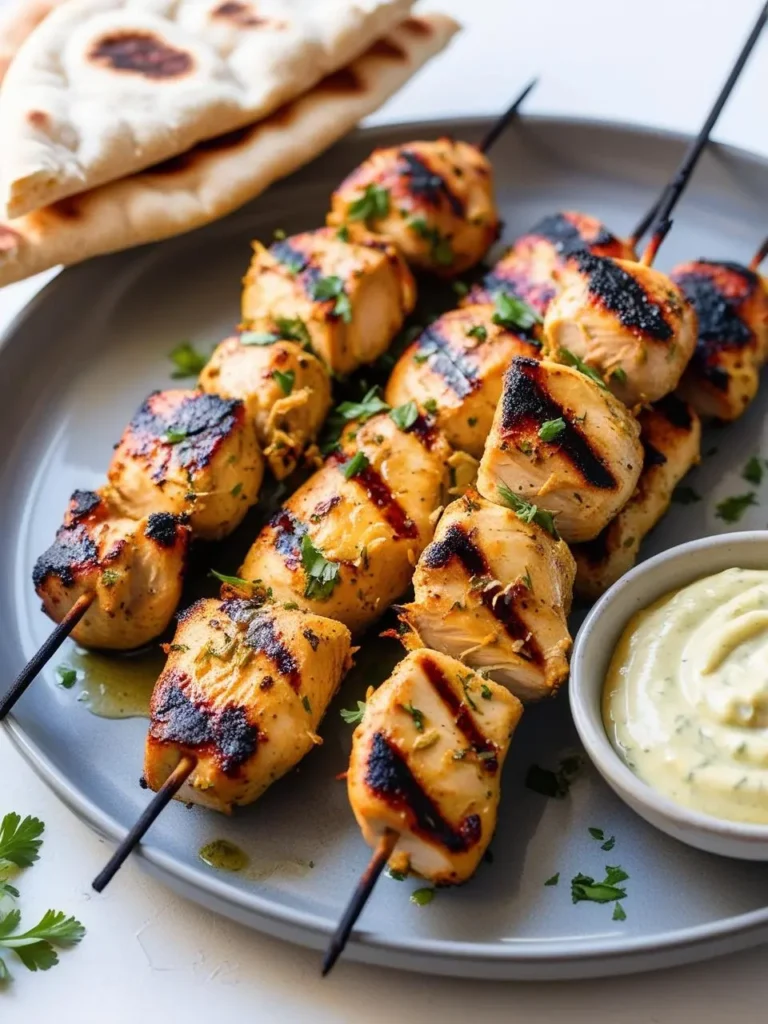
Lebanese grilled chicken, known as “shish taouk,” is a popular dish marinated in spices and grilled to perfection. The marinade typically includes yogurt, lemon juice, and garlic. This combination adds flavor and tenderness to the chicken.
I find it easy to make. You don’t need fancy ingredients, just some basic spices and fresh chicken. First, I prepare the marinade by mixing yogurt, garlic, lemon juice, and spices.
Next, I cut the chicken into cubes and coat them in the marinade. It’s best to let it sit for at least 2 hours, or overnight for deeper flavor.
Once marinated, I thread the chicken onto skewers. I preheat the grill to medium-high heat. Then, I grill the skewers for about 15-20 minutes, turning occasionally until they are cooked through.
The chicken should be juicy and have nice grill marks. I serve it with pita bread and garlic sauce for a complete meal. Enjoying this traditional dish brings the flavors of Lebanon right to my table.
What Is the Essence of Lebanese Cuisine?
Lebanese cuisine is rich and diverse, deeply rooted in history and culture. It reflects the influences of various civilizations that have shaped the region, and its ingredients are carefully selected to create bold flavors.
What Is the History and Cultural Influence of Lebanese Cuisine?
I find Lebanese cuisine fascinating due to its historical depth. This cuisine has evolved through centuries of cultural encounters. The Phoenicians, Romans, and Ottomans all contributed ingredients and cooking techniques.
The blending of these influences has created a unique culinary landscape. For example, Lebanese dishes often combine spices and herbs that were introduced by various cultures. This results in a vibrant and aromatic flavor profile that is distinctively Lebanese.
Also, the importance of communal eating in Lebanon enhances its cultural significance. Meals are often shared among family and friends, promoting a sense of togetherness that is integral to Lebanese identity.
What Are the Common Ingredients in Lebanese Cuisine?
Exploring the ingredients of Lebanese cuisine reveals common staples that are central to many dishes. Fresh ingredients play a key role, with herbs like parsley and mint being essential.
Key Ingredients in Lebanese Cooking:
- Bulgar wheat: Often used to make tabbouleh.
- Chickpeas: Essential for dishes such as hummus.
- Eggplant: A primary ingredient in dishes like baba ghanoush.
Olive oil is another important component, used in dressings and as a cooking medium. Spices like cinnamon, allspice, and cumin add warmth and depth to many recipes.
This emphasis on fresh, high-quality ingredients not only uplifts the flavors but also reflects Lebanese values regarding food and hospitality.
What Are the Key Cooking Techniques in Lebanese Cuisine?
In Lebanese cuisine, cooking techniques play a vital role in developing deep flavors and textures. Traditional methods often emphasize fresh ingredients and communal preparation, while modern techniques may incorporate convenience and innovation. Here are the key approaches.
What Are the Traditional Cooking Methods in Lebanese Cuisine?
I find traditional Lebanese cooking methods focus on time-honored techniques that enhance flavor. One of the most common methods is slow cooking. Dishes like stews benefit from this technique, allowing spices to meld together beautifully.
Grilling is another popular method, especially for meats. Marinated meats are often threaded onto skewers and cooked over open flames, giving them a unique smoky flavor.
Baking is essential for dishes such as kibbeh, where a mixture of bulgur, meat, and spices is baked to create a savory crust.
Lastly, steaming is used for dishes like couscous, where the grain is cooked over simmering water, ensuring it remains light and fluffy.
How Has Lebanese Cuisine Been Adapted in Modern Cooking?
In modern Lebanese kitchens, I notice some adaptations that embrace convenience while retaining flavor. One common technique is the use of slow cookers. They allow me to prepare traditional dishes with less hands-on time, making it easier to enjoy rich flavors.
Pressure cooking has also gained popularity for its ability to speed up meal preparation without sacrificing taste. For instance, legumes and grains can be prepared quickly while still maintaining their nutritional value.
Additionally, many recipes now incorporate oven roasting for vegetables and meats, resulting in caramelization that enhances natural sweetness. This method aligns well with today’s health-focused cooking styles.
I appreciate how these modern techniques make traditional Lebanese recipes more accessible while keeping their essence alive.
